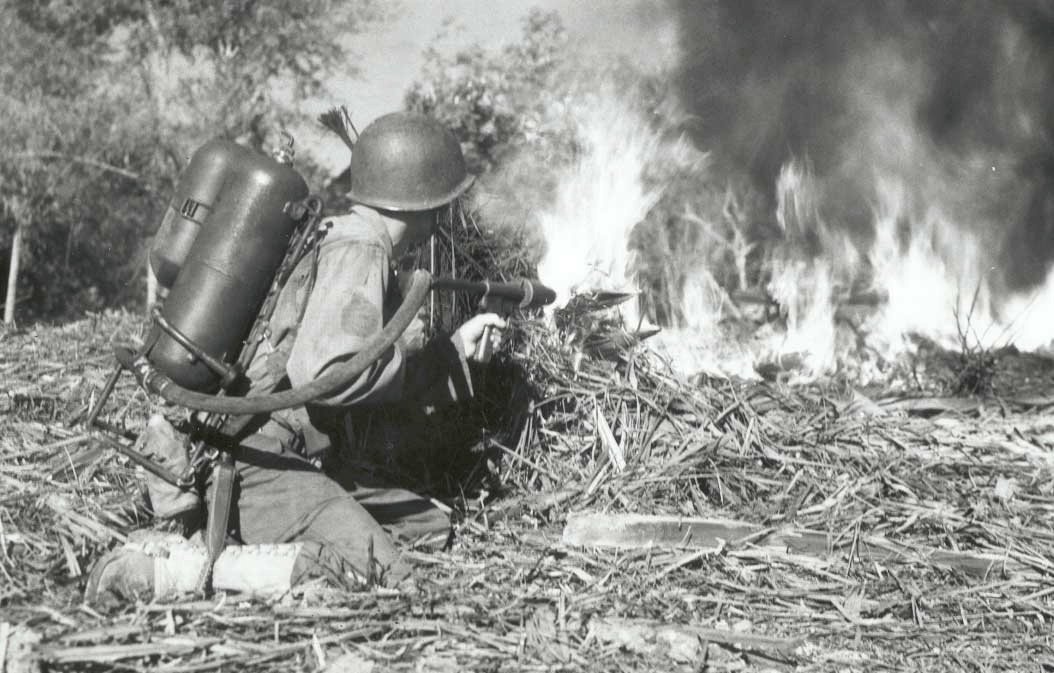| Year | March 1942 (M1) June 1943 (M1A1) June M2 (1944) |
| Weapon Type | [@type] |
| Origin & Designer | [@designer] |
| Numbers Produced | 1000 (M1) |
| Crew | 1 |
| Calibre | [@calibre] |
| Elevation | [@elevation] |
| Traverse | [@gun_traverse] |
| Cartridge Weight | [@cartridge_weight] |
| Round Weight | [@round_weight] |
| Barrel Length | [@barrel_length] |
| Overall Length | [@length] |
| Grenade Types | [@grenade_types] |
| Mount | [@mount] |
| Combat Weight | 32 kg (M1) 31.8 kg (M1A1) 32.7 kg (M2) |
| Operation | Cartridge Ignition |
| Cooling System | [@cooling] |
| Sights | [@sights] |
| Feed | [@feed] |
| Practical Rate of Fire | [@practical_rate_of_fire] |
| Maximum Rate of Fire | 10 |
| Blank Cartridge | [@blank_cartridge] |
| Muzzle Velocity | 160 m/s |
| Fuel Capacity | [@fuel_capacity] |
| Minimum Range | [@minimum_range] |
| Effective Range | 20m |
| Maximum Range | 36m (M1) 47m (M1A1) 36m (M2) |
| Armour Penetration | [@armour_penetration] |
| Bayonet | [@bayonet] |
| Traction | [@traction] |
| Variants | [@variants] |
| Notes | The M1 was adopted in 1941 and served mainly in the pacific theatre, it was unreliable and was replaced by the much improved M1A1. The M2 was first used on Guam, it was heavier than its predecessors but had a better ignition system. The Flame thrower had a devastating effect on enemy strong points, and the U.S. Marines developed a way of destroying Japanese bunkers by combining Flame-throwers and Bazookas with a technique called the “Corkscrew and Blowtorch”. |
